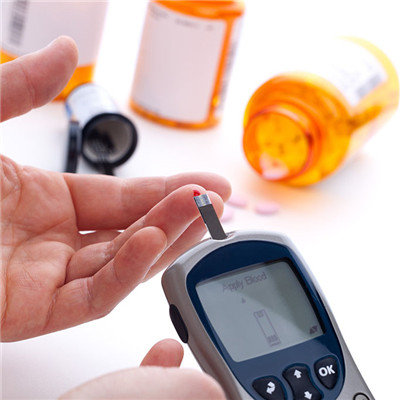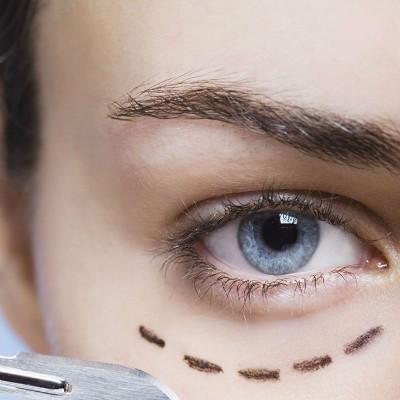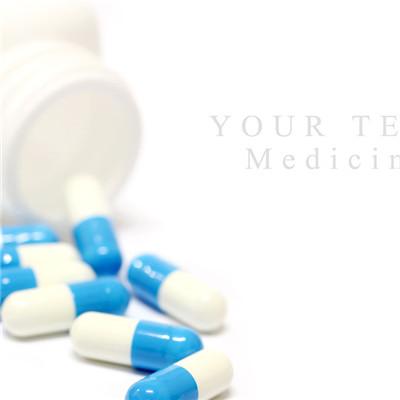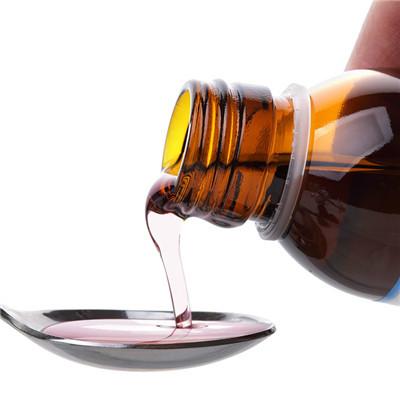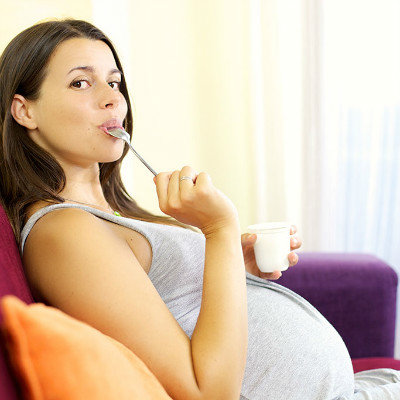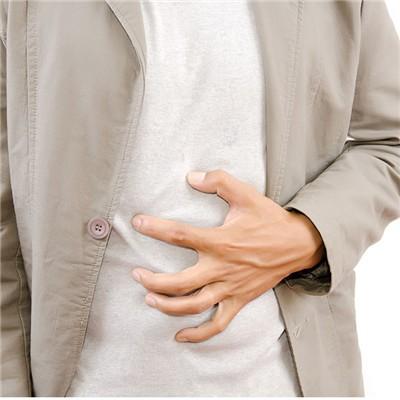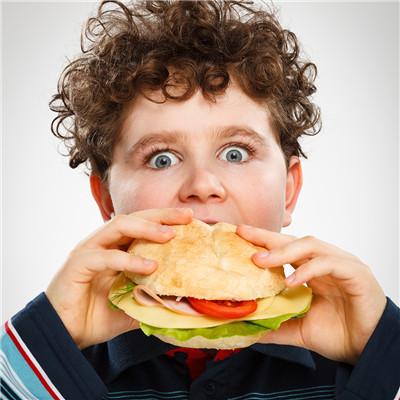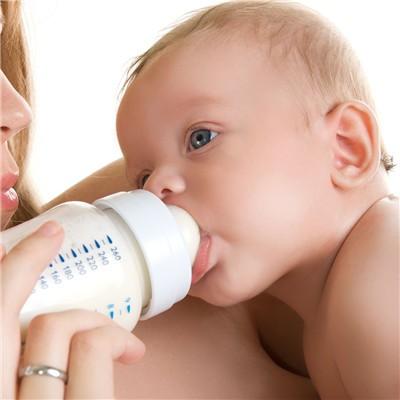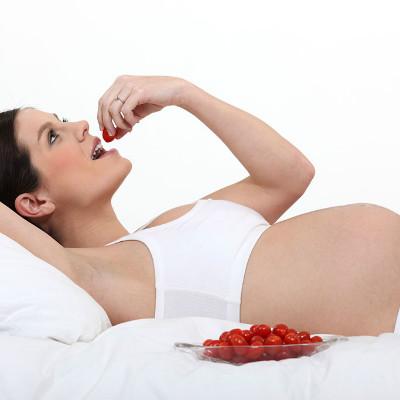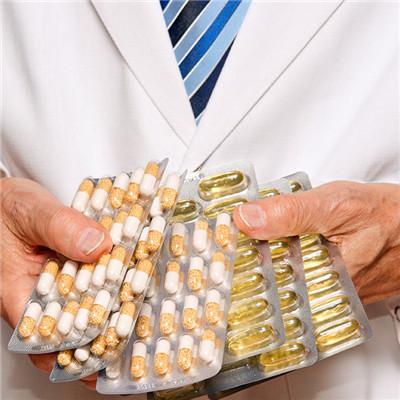No febrile convulsion in children?
summary
Convulsion is a common emergency in children, especially in infants. Due to a variety of reasons caused by brain nerve dysfunction. It is characterized by sudden tonic and clonic convulsions of the whole body or local muscles, often accompanied by disturbance of consciousness. The incidence rate of convulsion in children is very high, and 5% to 6% of children have had one or more convulsions. Frequent seizures or persistent state of convulsion may cause serious sequelae and affect children's intellectual development and health. No febrile convulsion in children? Let's talk about it.
No febrile convulsion in children?
1. Before convulsion, a few patients may have aura: extreme irritability or "convulsion" from time to time, mental tension; Look frightened, limbs muscle tension suddenly increased; Sudden shortness of breath, apnea or irregularity; The body temperature rises suddenly and the complexion changes sharply; The pupil size is different; The edge is uneven. The typical manifestations are sudden onset, loss of consciousness, head backward, eye fixed upturned or strabismus, mouth foaming, teeth closed, facial or limb muscles clonic or tonic convulsions. In severe cases, neck rigidity, arcus, dyspnea, cyanosis or incontinence can occur. Lasts from seconds to minutes or more. And then turn into drowsiness or coma. During the attack or shortly after the attack, there were signs such as dilated pupil, slow response to light, positive pathological reflex, etc. consciousness recovered soon after the attack stopped. Hypocalcemia convulsions, children can be conscious. If the convulsion occurs again or repeatedly before the recovery of consciousness, it indicates that the patient's condition is serious and may die of brain edema and respiratory failure. If the site of convulsion is limited and constant, it is often of positioning significance. Neonatal convulsion is often manifested as various and varied abnormal movements, such as apnea, irregularity, binocular gaze, paroxysmal pallor or cyanosis. Infantile convulsions sometimes only show the corner of the mouth, eye twitch, one limb twitch or bilateral limb twitch alternately. Neonatal convulsions are characterized by general convulsions, such as irregular respiratory rhythm or apnea, paroxysmal cyanosis or paleness, binocular gaze, nystagmus, blinking or sucking, chewing, etc.
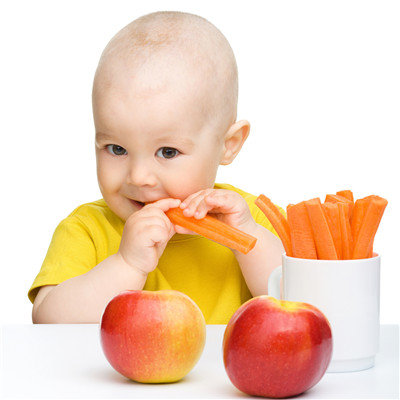
2. Status convulsion refers to the convulsion lasting more than 30 minutes, or the consciousness can not be completely recovered during the intermission of two attacks. It is a severe convulsion. Because the convulsion time is too long, it can cause high fever, hypoxic brain damage, brain edema and even brain hernia.

3. Febrile convulsions are common in children from 6 months to 4 years old. Most of the convulsions occur in the early stage of fever and last for a short time. They rarely occur repeatedly in a single febrile disease. They often occur within 12 hours of fever. After the onset, consciousness recovers quickly and there is no positive sign of nervous system. EEG returns to normal after a week of fever regression. It is a simple febrile convulsion with good prognosis. The onset age of complex febrile convulsion is variable. It often occurs before 6 months or after 6 years old. At first, it is febrile convulsion. After several seizures, it also occurs when there is low fever or even no fever. Sometimes, it occurs repeatedly for a long time, more than 15 minutes. EEG examination is still abnormal after 2 weeks of convulsion, and the prognosis is poor. The possibility of epilepsy is 15% - 30%.
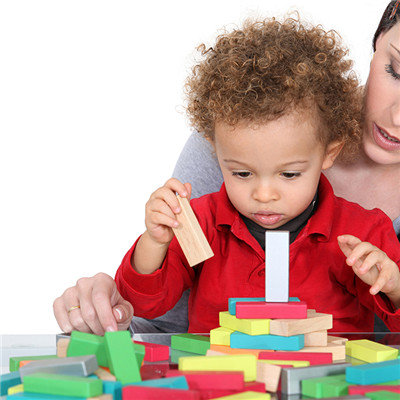
matters needing attention
1. First aid measures (1) general treatment: ① keep the respiratory tract unobstructed and prevent asphyxia. Tracheotomy should be done if necessary. ② Prevent accidental injury. ③ To prevent hypoxic brain injury( 2) Control convulsion (1) acupuncture at Renzhong, Hegu, Shixuan, Neiguan, Yongquan, etc. If the convulsion can not be stopped within 2-3 minutes, the following drugs can be used. ② Antidepressant diazepam is often the first choice. But it should be noted that this drug has inhibitory effect on respiration and heartbeat. Chloral hydrate was mixed into 10% solution for retention enema. Phenobarbital was injected intramuscularly. Chlorpromazine was injected intramuscularly. Isopentobarbital sodium (amital sodium) was diluted into 1% solution with 10% glucose for intravenous injection. 2. General treatment: make the child lie on his side, untie the collar, remove the secretion and vomit from mouth, nose and throat, so as to prevent inhalation asphyxia and keep the respiratory tract unobstructed. The tooth pad was placed between the upper and lower molars to prevent tongue bite. In severe cases, oxygen was given; in high fever cases, physical cooling or antipyretic drugs were given. 3. Antibiotics should be used to control infectious convulsion.
